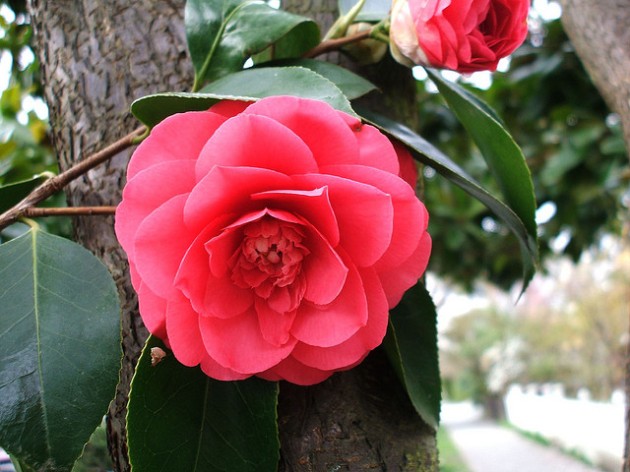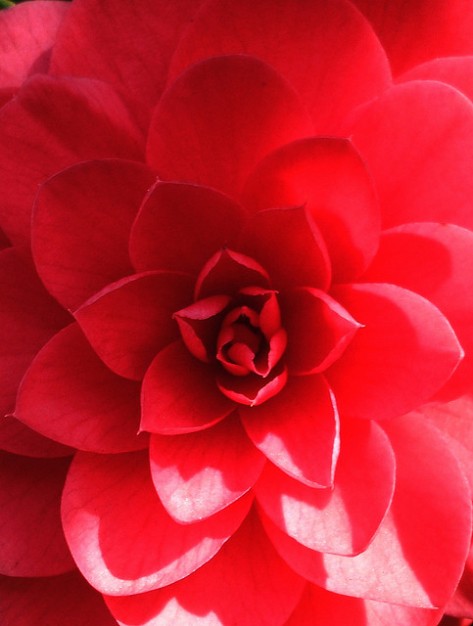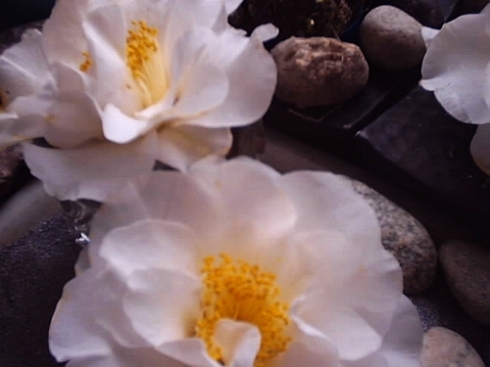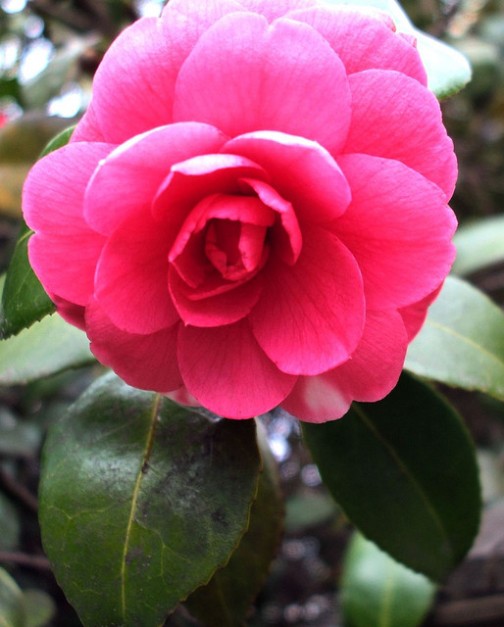 Gardenias are waxy, white and very fragrant flowers Gardenias are one of the most popular exotic flowers
Gardenias are waxy, white and very fragrant flowers Gardenias are one of the most popular exotic flowersGardenias are native to the tropical and subtropical regions of Africa, southern Asia, Australasia and Oceania. This species can be difficult to grow elsewhere because it demands high humidity to thrive and bright (not direct) light. Some types of gardenias can be grown as houseplants.
 Kingdom – Plantae
Kingdom – Plantae- Division -Magnoliophyta
- Class -Magnoliopsida
- Order -Gentianales
- Family -Rubiaceae
- Genus -Gardenia
Gardenias symbolize purity and sweetness. They indicate secret love. They convey joy. They tell the receiver “you are lovelyâ€.
ome Interesting Facts About Gardenias
- Gardenias are grown for their beautiful foliage and they make great cut flowers.
- Gardenias flowers from about mid-spring to mid-summer, i.e., May through July
- Many of the gardenia species are strongly scented.
- The genus Gardenia is named after Alexander Garden, a physician in Charleston of South Carolina.
- Gardenias can be used as screens, hedges, borders or ground covers.
- In France, Gardenia is the traditional flower which men wear as boutonnieres.
- The most popular cultivated species is the Cape jasmine, native to China.
- Each gardenia flower is followed by 6-sided berries of rich orange-red with long, elegant stems.
- Gardenia thunbergia produces a woody fruit which has hard, angular seeds inside.
About Gardenia Flower and Plant
Gardenias are very fragrant creamy-white flowers with glossy, dark-green leaves. Gardenia flowers are solitary or in small clusters, white or pale yellow. The gardenia flowers are with a tubular-based corolla with 5-12 lobes petals from 5-12 cm diameter.
Gardenia plants are evergreen shrubs and small trees growing to 1-15 m tall. The Gardenia plant leaves are opposite or in whorls of three or four. They are dark green and glossy 5-50 cm long and 3-25 cm broad, with a leathery texture. They are simple, entire, hairless, with wavy margin.
- Gardenia plants need high humidity.
- A loose, well-drained organic soil is recommended.
- For best results plant gardenias in full sun, partial shade, or shifting shade.
- Dig a hole twice the size of the root ball.
- Thoroughly mix one part soil and one part planting mix.
- Check that the top of the original root ball is slightly above the level of the surrounding soil.
- Take the soil mixture and make a gentle mound of soil sloping away from the plant so that the water drains away from the trunk.
- Remove any air pockets, if present.
- Water the plant with a root stimulator.
Gardenia Care
- Do not over-water gardenias.
- Fertilize with an acid fertilizer.
- Check for aphids, mealybugs, spider mites, thrips and scales.
- Also check gardenia plants for bud drop, a common ailment.







![20170123050651-f09370cbed.[gif-2-mp4.com] 20170123050651-f09370cbed.[gif-2-mp4.com]](https://live.staticflickr.com/428/32472212275_9af8805d25_m.jpg)


